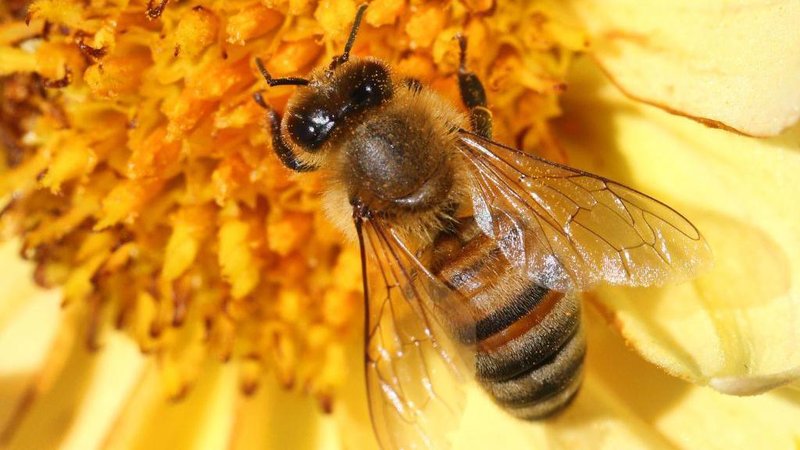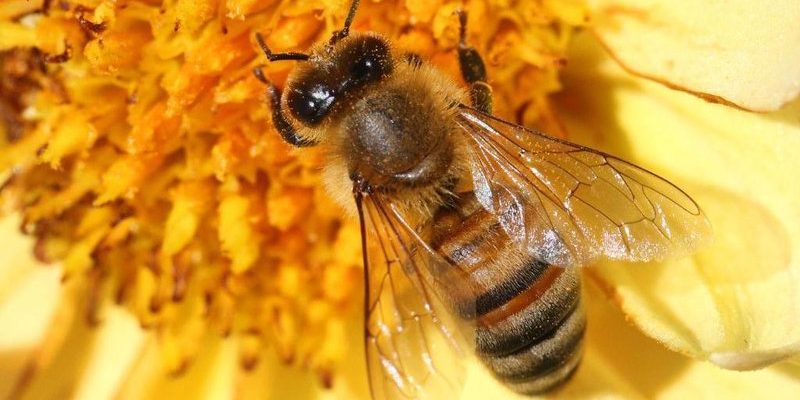
As the climate warms, honey bees face challenges that threaten their survival and, in turn, our food supply. Just like a delicate balance in nature, everything is connected. When one part of the ecosystem shifts, it can create ripples that affect many others. Let’s break down how climate change is impacting our buzzing friends, why this matters to us, and what we can do about it.
How Climate Change Affects Flowering Plants
Honey bees are like the little delivery workers of nature, carrying pollen from one flower to another, helping plants reproduce. But with climate change, the timing of flower blooming is getting messed up. You see, flowers rely on consistent weather to know when to bloom. Warmer temperatures can cause some flowers to bloom earlier in the spring, while others may still be in winter mode.
This mismatch can leave bees scrambling. Imagine you planned a picnic, but your friends showed up with the snacks on different days. That’s how bees feel when their food sources aren’t available. Without enough pollen and nectar, honey bee populations can shrink, and this affects our food supply, too—after all, many fruits and vegetables depend on bee pollination.
The Role of Temperature Extremes
Temperature extremes, like sudden heat waves or cold snaps, are becoming more common due to climate change. Honey bees are highly sensitive to temperature changes. When it’s too hot, the bees can become stressed, which affects their ability to forage for food. Think about how you feel when the weather is scorching. It’s tough to stay productive and focused when you’re overheated!
Cold snaps also pose a risk. Bees are social insects that cluster together to keep warm during winter. If temperatures drop too low unexpectedly, it can lead to higher mortality rates in colonies. The delicate survival balance that bees have worked hard to maintain is under threat, and this means fewer bees buzzing in our gardens.
Changing Availability of Resources
One big impact of climate change on honey bees is the shift in resource availability. As the climate changes, many plants that bees rely on may no longer thrive in certain areas. This shift forces bees to travel further to find food sources. Increased distances mean more energy expended for bees, which can weaken their colonies over time.
Plus, when bees encounter new plants they’re not used to, it can lead to nutritional deficiencies. Just like we might crave comfort food, bees need a balanced diet of various pollen types to stay healthy. If they can’t find them, they may struggle with diseases and parasites. It’s a complex web of challenges that can spiral out of control if not addressed.
The Impact of Pesticides
While climate change plays a significant role in honey bee survival, we can’t ignore the impact of pesticides. With changing weather patterns, farmers might turn to more chemicals to protect their crops, especially as pests adapt to the warmer temperatures. Unfortunately, these pesticides can be harmful to honey bees.
When bees are exposed to these chemicals, it can affect their navigation skills, memory, and overall health. Imagine trying to find your way home in a town you’ve never been to—confusing, right? That’s what it’s like for bees when their ability to navigate is impaired. This layer of stress combined with climate change makes their struggle even greater.
Human Actions That Can Help
So, what can we do to help these essential pollinators? First off, support local farmers who practice sustainable and organic farming. These methods are often less harmful to bees and help maintain healthy ecosystems. You might also consider planting bee-friendly flowers in your own garden. Flowers like sunflowers, lavender, and wildflowers can provide a nutritious food source for bees.
Additionally, being mindful of our pesticide use is crucial. If you garden or landscape, look for natural pest control solutions. And don’t forget to spread awareness—talk to friends and family about the importance of honey bees and what they can do to help. When we work together, we can make a meaningful difference.
The impact of climate change on honey bees is significant and complex. These little creatures are pivotal in maintaining the balance of our ecosystems and helping grow the food we eat. As temperatures rise and weather patterns shift, bees face a multitude of challenges that could endanger their populations and, by extension, our food supply.
By educating ourselves and taking action, we can contribute positively to the lives of honey bees. Whether through supporting sustainable farming, planting bee-friendly flowers, or being conscious of pesticide use, every small step counts. Together, we can help ensure that the sweet buzz of honey bees continues for generations to come.

